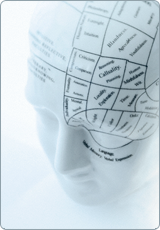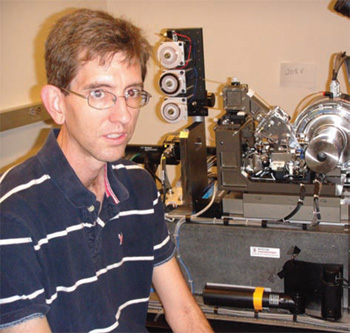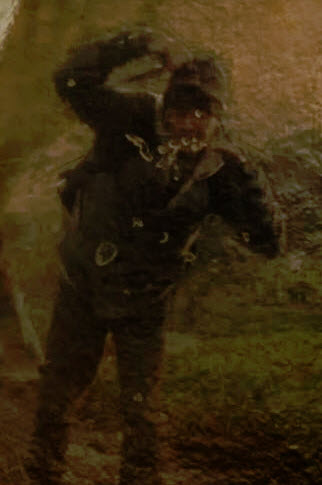|
Table of Contents
Part I Roots and Core Themes
1 The Philosophy of Transhumanism, Max More
2 Aesthetics: Bringing the Arts & Design into the Discussion of Transhumanism, Natasha Vita-More*
3 Why I Want to be a Posthuman When I Grow Up, Nick Bostrom*
4 Transhumanist Declaration (2012), Various
5 Morphological Freedom – Why We Not Just Want It, but Need It, Anders Sandberg
Part II Human Enhancement: The Somatic Sphere
6 Welcome to the Future of Medicine, Robert A. Freitas Jr.
7 Life Expansion Media, Natasha Vita-More*
8 The Hybronaut Affair: A Ménage of Art, Technology, and Science, Laura Beloff
9 Transavatars, William Sims Bainbridge*
10 Alternative Biologies, Rachel Armstrong
Part III Human Enhancement: The Cognitive Sphere
11 Re-Inventing Ourselves: The Plasticity of Embodiment, Sensing, and Mind, Andy Clark
12 Artificial General Intelligence and the Future of Humanity, Ben Goertzel*
13 Intelligent Information Filters and Enhanced Reality, Alexander “Sasha” Chislenko
14 Uploading to Substrate-Independent Minds, Randal A. Koene
15 Uploading, Ralph C. Merkle
Part IV Core Technologies
16 Why Freud Was the First Good AI Theorist, Marvin Minsky
17 Pigs in Cyberspace, Hans Moravec
18 Nanocomputers, J. Storrs Hall
19 Immortalist Fictions and Strategies, Michael R. Rose
20 Dialogue between Ray Kurzweil and Eric Drexler
Part V Engines of Life: Identity and Beyond Death
21 The Curate’s Egg of Anti-Anti-Aging Bioethics, Aubrey de Grey*
22 Medical Time Travel, Brian Wowk
23 Transhumanism and Personal Identity,James Hughes*
24 Transcendent Engineering, Giulio Prisco*
Part VI Enhanced Decision-Making
25 Idea Futures: Encouraging an Honest Consensus, Robin Hanson
26 The Proactionary Principle: Optimizing Technological Outcomes, Max More
27 The Open Society and Its Media, Mark S. Miller, with E. Dean Tribble, Ravi Pandya, and Marc Stiegler
Part VII Biopolitics and Policy
28 Performance Enhancement and Legal Theory: An Interview with Professor Michael H. Shapiro
29 Justifying Human Enhancement: The Accumulation of Biocultural Capital, Andy Miah*
30 The Battle for the Future, Gregory Stock
31 Mind is Deeper Than Matter: Transgenderism, Transhumanism, and the Freedom of Form, Martine Rothblatt*
32 For Enhancing People, Ronald Bailey
33 Is Enhancement Worthy of Being a Right?,Patrick D. Hopkins*
34 Freedom by Design: Transhumanist Values and Cognitive Liberty, Wrye Sententia*
Part VIII Future Trajectories: Singularity
35 Technological Singularity, Vernor Vinge
36 An Overview of Models of Technological Singularity, Anders Sandberg
37 A Critical Discussion of Vinge’s Singularity Concept, David Brin*, Damien Broderick, Nick Bostrom, Alexander “Sasha” Chislenko, Robin Hanson, Max More, Michael Nielsen, and Anders Sandberg
Part IX The World’s Most Dangerous Idea
38 The Great Transition: Ideas and Anxieties,Russell Blackford*
39 Trans and Post, Damien Broderick
40 Back to Nature II: Art and Technology in the Twenty-First Century, Roy Ascott
41 A Letter to Mother Nature, Max More
42 Progress and Relinquishment, Ray Kurzweil
*IEET Fellow, Scholar or Staff
|  How it Works
How it Works



